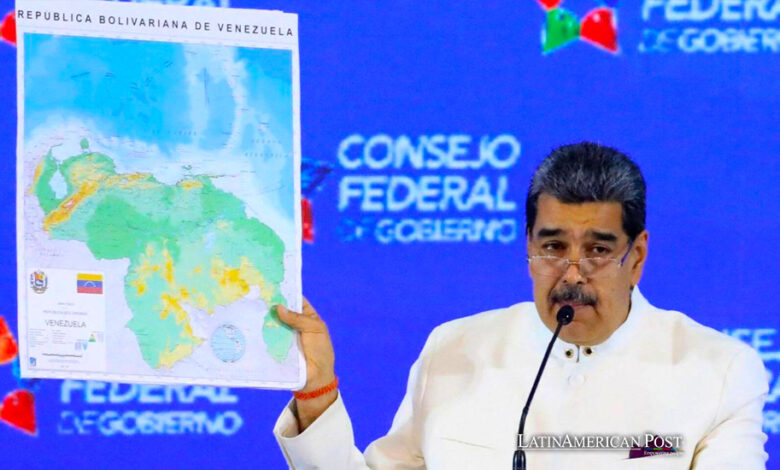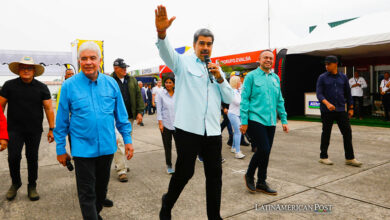Venezuela’s Maduro Plans to Annex Disputed Esequibo Territory

In a move that has heightened tensions in South America, Venezuelan President Nicolás Maduro recently declared his government’s intention to annex the Esequibo, a vast territory of nearly 160,000 square kilometers currently under Guyana’s control. This announcement during Maduro’s annual address to the National Assembly (AN, Parliament) marks a significant escalation in the longstanding territorial dispute between Venezuela and Guyana.
Maduro’s Assertive Stance and Annexation Plans
Maduro’s assertive stance follows a unilateral referendum held in Venezuela on December 3, wherein the overwhelming majority of participants voted to annex the contentious area. “We have a popular mandate, a special and secure plan to make tangible across the national territory, to make tangible and certain, the slogan that is in the heart of our children, that the sun of Venezuela rises in the Esequibo,” Maduro stated.
This move comes against the backdrop of heightened military activity. In December, Maduro ordered military exercises in the Caribbean regions in response to what Caracas perceived as a hostile act – the arrival of a British warship in Guyana. “The mission was accomplished, and we expelled the ship,” Maduro claimed. However, Georgetown clarified that the warship’s regular visit fulfilled its intended purpose.
Military Deployment and Regional Tensions
Following the referendum, Maduro commanded a military deployment near the Esequibo and proclaimed plans to create a state over the disputed area. This declaration sparked increased regional tension, with Guyana and Venezuela on opposing sides of this territorial conflict.
However, in a potential de-escalation, Maduro met with Guyanese President Irfaan Ali in mid-December in Saint Vincent and the Grenadines. Both leaders agreed to avoid incidents to reduce tensions over the dispute, which, despite Caracas’s rejection, is under the International Court of Justice (ICJ) jurisdiction.
Maduro’s plans to annex the Esequibo represent a bold assertion of Venezuelan sovereignty over a region rich in natural resources. The area has been a point of contention for decades, with Guyana maintaining control and exploiting its wealth. Venezuela’s recent actions and military posturing signify a new phase in the longstanding dispute, potentially altering the geopolitical dynamics in the region.
International Dimensions and Territorial Dispute
The situation is further complicated by international interests, as evidenced by the British warship’s involvement and the ICJ’s attention. The territorial dispute between Venezuela and Guyana is not just a bilateral issue. Still, it has broader implications for regional stability and international relations.
Maduro’s declaration and subsequent actions suggest a more aggressive approach to the Esequibo issue. Creating a state over the disputed territory and the military deployments indicate a shift from diplomatic negotiations to more assertive tactics. This strategy may strengthen Venezuela’s bargaining position or assert its claims more forcefully on the international stage.
Glimmer of Hope in Diplomatic Resolution
The meeting between Maduro and Ali offers a glimmer of hope for a peaceful resolution. Their agreement to avoid incidents that could escalate the situation indicates a willingness to seek a diplomatic solution despite the heightened rhetoric and military maneuvers.
President Maduro’s plan to annex the Esequibo territory marks a significant escalation in the longstanding dispute between Venezuela and Guyana. This move has raised regional tensions and challenges international diplomatic efforts to resolve the conflict.
Also read: Venezuelan Parliament Creates Commission to Investigate Opposition Parties and Former Deputies
The situation in the Esequibo remains complex and sensitive, with potential regional stability and implications for international relations. As the dispute continues, the international community will closely watch the developments and the potential impact on the geopolitical landscape in South America.




